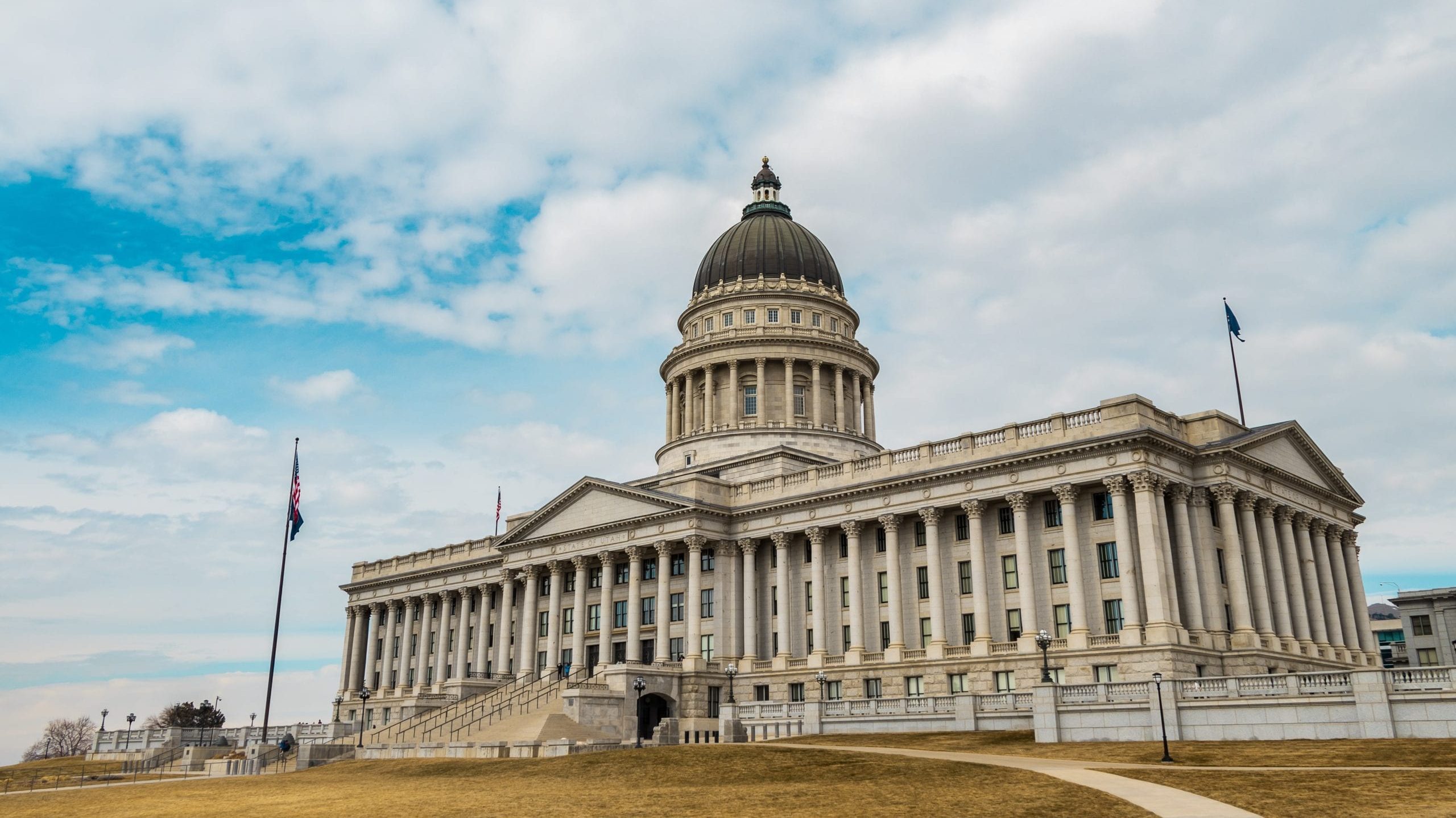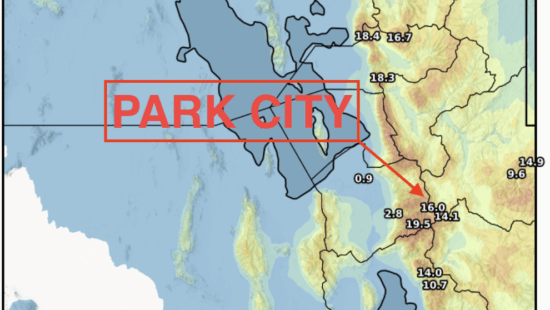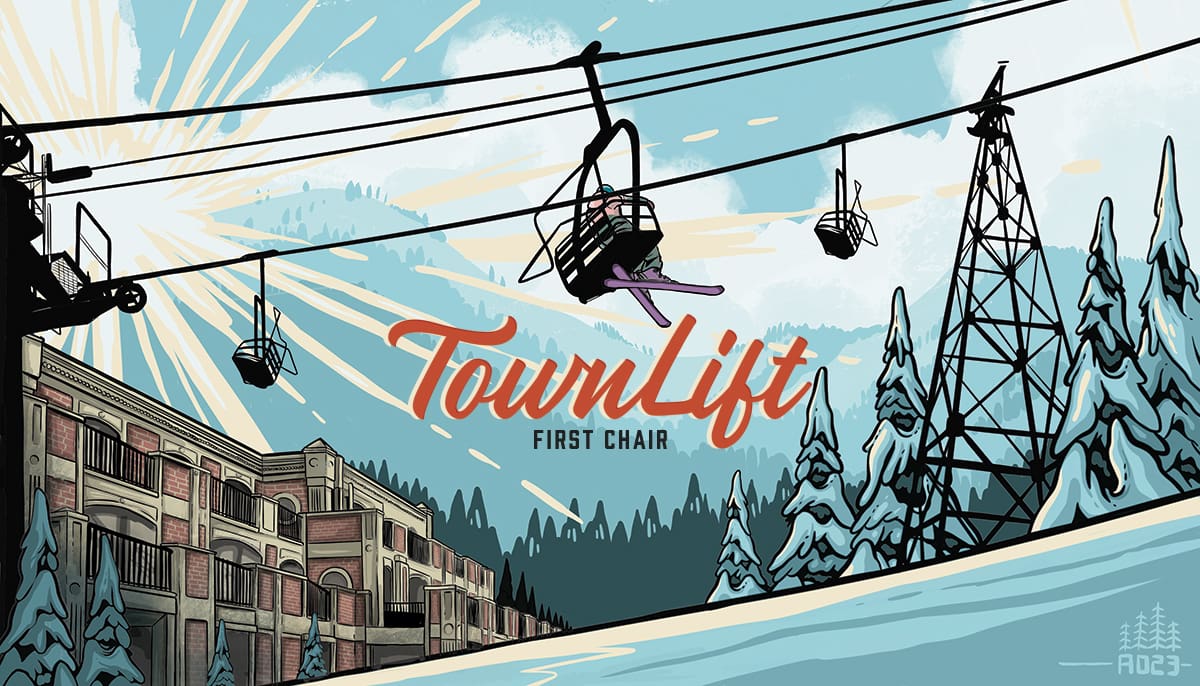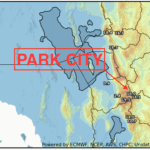Politics
Utah redistricting committee selects congressional map, submits to the court for consideration
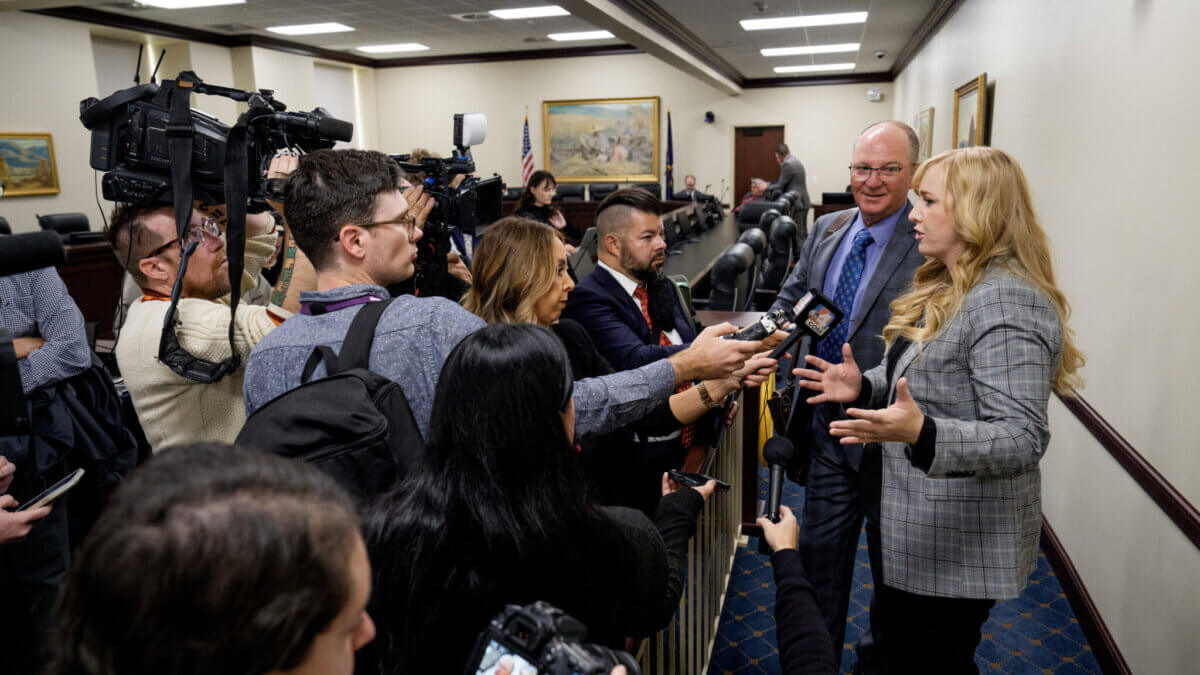
en. Scott Sandall, R-Tremonton, and Rep. Candice Pierucci, R-Riverton, talk to reporters after a meeting of the Utah Legislative Redistricting Committee during a special legislative session at the Capitol in Salt Lake City on Monday, Oct. 6, 2025. Photo: Spenser Heaps for Utah News Dispatch
UTAH — After little debate Monday morning but with Democrats voting against, the Utah Legislative Redistricting Committee voted to pick map C — a congressional map that the Utah GOP last week encouraged Republicans to support.
The map now goes to the full Republican-controlled Legislature to consider during a special session later Monday morning.
Lawmakers are expected to approve the map and send it to 3rd District Judge Dianna Gibson to consider in Utah’s court-ordered redistricting process, after Gibson determined the state’s 2021 congressional map was the product of an unconstitutional process. She ruled the Legislature overstepped when it repealed and replaced a voter-approved ballot initiative known as Proposition 4 that sought to create an independent redistricting process.

Map C would mix rural and urban parts of Utah, split three cities (Millcreek, North Salt Lake and Pleasant Grove) and split three counties (Davis, Salt Lake and Utah). The state’s Democratic stronghold and capital city of Salt Lake City would remain whole, while Salt Lake County (the state’s most populated county) would be split once.
Monday marked Utah lawmakers’ deadline to vote on and submit a map to the court for consideration. It’s the same deadline for plaintiffs in the state’s redistricting lawsuit that successfully challenged lawmakers’ override of Proposition 4 to submit their own proposed congressional map.
Under the 2021 congressional map, Salt Lake County was split four times — which led to a lawsuit from nonpartisan groups including the League of Women Voters of Utah, Mormon Women for Ethical Government and a handful of Salt Lake County voters challenging it as “blatant gerrymandering,” along with claims that lawmakers’ unconstitutionally repealed and replaced Proposition 4.
Map C would be more competitive for Democrats compared to the 2021 map — but would still result in four congressional districts that would lean in favor of the deep red state’s dominant party, the GOP.
Gibson is expected to ultimately pick a replacement map — either the Legislature’s preferred map or the plaintiffs’ — by her deadline of Nov. 10 in order for it to be put in place in time for the 2026 elections.
However, one of the Legislative Redistricting Committee’s co-chairs, Sen. Scott Sandall, R-Tremonton, told reporters if Gibson rejects map C and picks a map not drawn by lawmakers and instead drawn by plaintiffs, the Legislature will likely fight that decision in court as they continue to appeal Gibson’s earlier ruling before the Utah Supreme Court and potentially the U.S. Supreme Court.
“To be in compliance, to me, with code and the Constitution, the judge only has one option,” Sandall said, though he added she could “either accept this map or come back to the Legislature and say you failed … and you’ve got to develop a map that takes that into account. To me, it’s the Legislature’s responsibility, constitutionally, to do this.”
The Legislative Redistricting Committee’s only two Democrats — Senate Minority Leader Luz Escamilla, D-Salt Lake City, and Rep. Doug Owens, D-Millcreek — didn’t debate against map C during Monday’s committee hearing and cast their no votes without comment. Owens told Utah News Dispatch after the meeting that Democrats already made their case against the committee’s slate of five proposed maps and in favor of Democrats’ preferred map during two committee hearings last month.

“There was nothing new to say,” Owens said, though he and Escamilla told reporters they don’t believe map C adheres to Proposition 4’s standards because it was drawn using a statistical method that Democrats say unfairly benefits the dominant party, in this case Republicans.
Owens also said if the Republican Party’s preference of map C was taken into account during the legislative committee’s selection process, “that’s improper for the Legislature to take partisan outcome into consideration.”

Owens, however, added there has been “no evidence” that lawmakers were “swayed” by the party’s preference, “but I think it’s telling that the Republican Party itself publicly was pushing for that map because it was clearly the most damaging to Democrats.”
When asked whether the Republican Party’s support of map C influenced the Legislative Redistricting Committee’s selection, Sandall indicated he wasn’t aware of the party’s preference.
“Did the Republican party do that? Because quite honestly I’ve been shielded by all of that,” Sandall said.
The committee’s House co-chair, Rep. Candice Pierucci, R-Herriman, said it didn’t.
“I mean, we can’t control what happens in public comment, but I haven’t read that email. I’ve been asked that question over the past couple of days, but no,” she said, adding that while the party is “entitled to sharing their opinion, that didn’t come into consideration at all.”
Legislature swiftly passes bill changing Prop 4, adding 3 statistical tests
Ahead of voting on their preferred congressional map, the Utah Legislature also voted to pass a bill, SB1011, that adds new requirements to Proposition 4 and specifies that congressional maps must pass a set of three statistical tests in order to test whether they favor or disfavor any political party.
The bill, sponsored by Sen. Brady Brammer, R-Pleasant Grove, would require maps to pass the partisan bias test, an ensemble analysis, and the mean-median difference test. If the bill is signed by Gov. Spencer Cox, Gibson will be required to use the new law while weighing what map she ultimately picks for the 2026 elections.
Brammer’s bill passed on a 22-7 vote in the Senate and 55-18 in the House, where a handful of Republicans — Reps. Jim Dunnigan, Karianne Lisonbee, Steve Eliason, and Ray Ward — joined Democrats in voting against. Sen. Dan Thatcher, who recently unaffiliated from the Republican Party to join the Utah Forward Party, also sided with Democrats opposing it in the Senate.
An earlier version of Brammer’s bill only included the partisan bias test, but on Friday he announced he had changed it to add in the other two tests after Democrats argued against only codifying a single test to measure for partisan symmetry.

Brammer, on the Senate floor, argued that Gibson’s ruling voiding the 2021 congressional map invited legislators to clarify Proposition’s “general” and “nonspecific” language. He noted that with Proposition 4, Utah became the first state to explicitly call for “measures of partisan symmetry” to assess maps, and he argued it’s within lawmakers’ discretion to define how to best do that.
Brammer also said Democrats had advocated for both the ensemble analysis and mean-median difference tests to be considered as alternate tests.
Here’s what Gibson wrote in her ruling:
“Given the general, non-specific nature of the language, the legislature retains discretion in determining what judicial standards are applicable and they retain discretion to determine the ‘best available data and scientific and statistical methods’ to use in evaluating redistricting plans for compliance with state and federal law and the Proposition 4 redistricting standards,” Gibson wrote. “This provision does not impair the legislature’s authority under article IX and does not displace the legislature’s legislative redistricting authority.”
Democrats opposed Brammer’s bill, arguing against changing Proposition 4 so soon after Gibson just restored its language as law. They also argued against including the partisan bias test, with Escamilla calling it the “worst available metric” for a state like Utah.
“What is clear to me … is that altering Prop 4 will be in violation of Prop 4,” Escamilla said. “By codifying any type of test, it’s actually in violation of Prop 4.”
Sen. Lincoln Fillmore, R-South Jordan, argued against keeping Proposition 4’s language “vague,” which he said opens the door to endless legal challenges.
“What a horrible way to write laws — to write laws without defining terms,” Fillmore said, calling that argument “fairly disingenuous.”
Sen. Nate Blouin, D-Millcreek, argued “there really is no need” to pass Brammer’s bill and “restrict this process to a handful of metrics,” adding that he worries it will require tools that inject partisanship into the process.
“We’re not going to get that impartial view we might get if we just kind of left this up to the best available methods,” Blouin said.
On the House floor, House sponsor Rep. Norm Thurston, R-Provo, argued “with these three tests we have covered our bases to make sure that we’re doing the very best that we can, using the very best available statistical models as of today,” to evaluate maps being considered today. He also argued the partisan bias test is the best available method to measure partisan symmetry.

In his arguments against, Owens stressed that the partisan bias test was a bad metric for a “lopsided” state like Utah. “It’s not a good test,” he said. “It yields invalid results. We should not be embodying that into the statute.”
While Owens said it’s “good to have a variety of tests,” he argued the bill is “still too narrow.” He also worried that he didn’t think changing Proposition 4 again would survive a court challenge.
“I simply don’t believe there’s going to be a compelling state purpose to make this change in Prop 4,” he said. “It’s not a good look to the public after all this litigation where we’re supposed to, in good faith, apply Prop 4, to now change Prop 4.”
Owens also argued Gibson, in her ruling, didn’t ask the Legislature to change Proposition 4. Rather, he argued she “asked us to apply it using our best, good faith judgement.”
“I don’t think we need to change Prop 4 in order to meet the requirements of the decision,” he said, while warning that by passing this bill, “We’re clearly headed … to another confrontation with the courts.”
Rep. Melissa Ballard, R-North Salt Lake, argued the only relevant question in the debate over Brammer’s bill was whether the Legislature “has the right and ability” to change the law, including Proposition 4. She voted in favor of the bill.
“Should we be holding ourselves to every single law or every proposition or initiative for 50 years and never change it?” Ballard said. “That’s not what the constitution of Utah or of our United States expects, of any citizen-led initiative or any legislative change that is proposed.”
This story was originally written by Katie McKellar for Utah News Dispatch
















